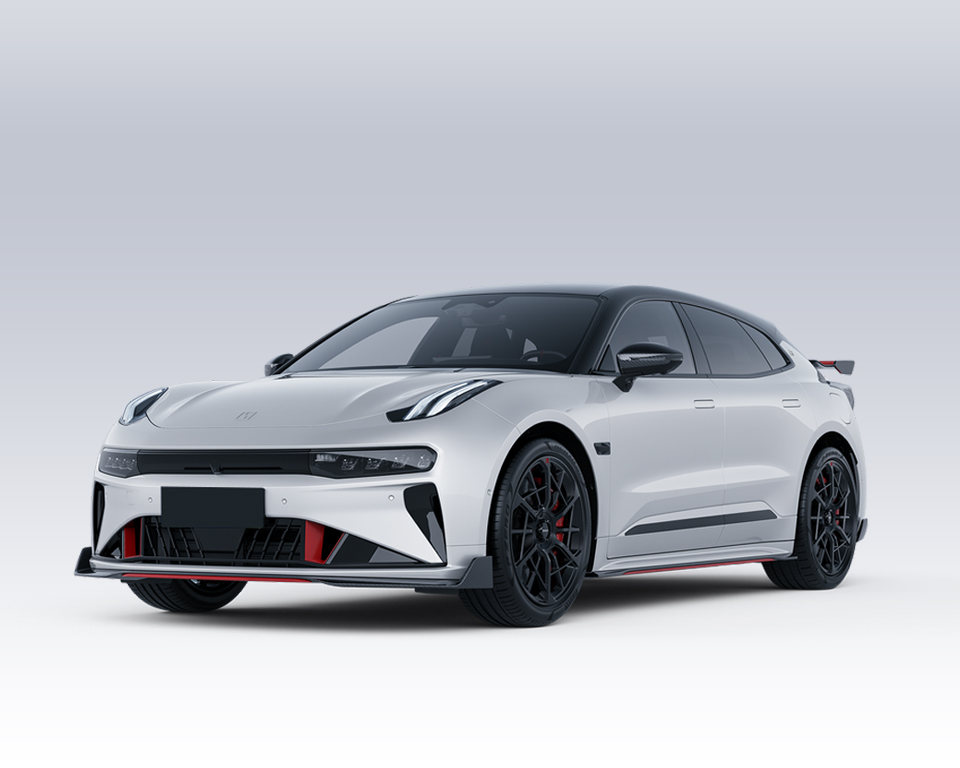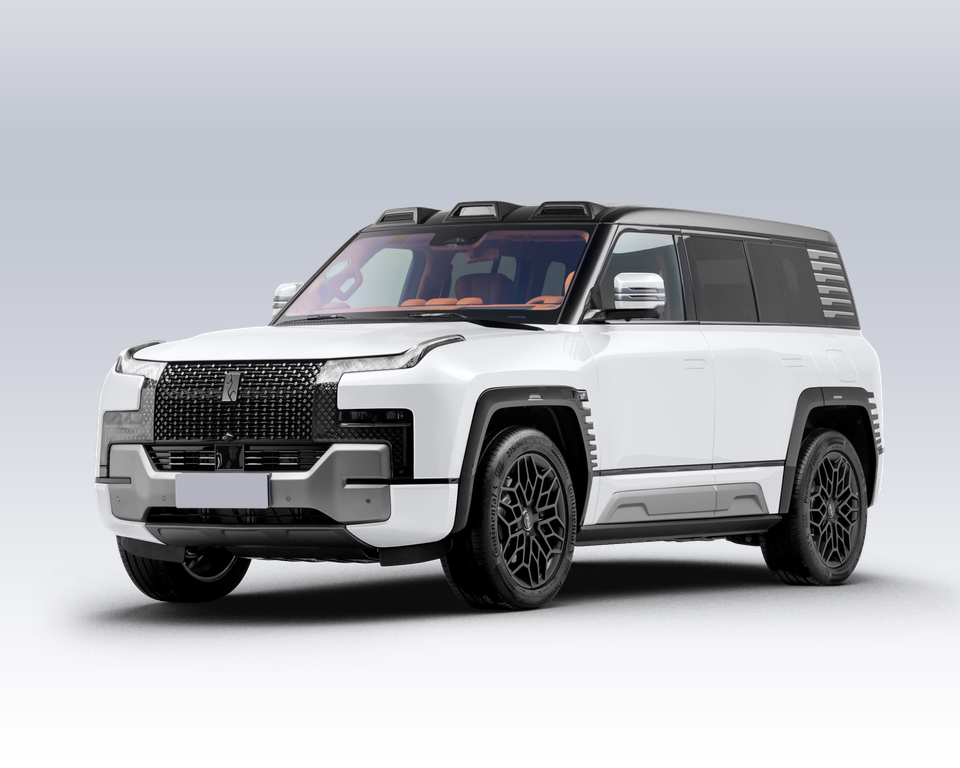BYD Yangwang U7 Launched: Should You Choose It or the Xiaomi SU7 Ultra?
The new flagship model from BYD’s luxury sub-brand, Yangwang U7, was officially launched yesterday. Both the PHEV and EV versions are priced the same, with the four-seater version at 708,000 RMB and the five-seater version at 628,000 RMB. As a high-end new energy flagship sedan, this price positioning is highly attractive.
Catalog

Design & Aerodynamics
In terms of design, the Yangwang U7 follows the avant-garde styling of the Yangwang U9 supercar. The front fascia features striking C-shaped headlights, a full-width air intake, and a sculpted hood, creating strong visual tension. Compared to the U9’s aggressive supercar styling, the U7 adopts a more streamlined, coupe-like silhouette with a sloping roofline, flush door handles, and 21-inch low-drag wheels, achieving an impressive drag coefficient of just 0.195 Cd. The rear sports a full-width taillight bar, dynamically complemented by an adaptive electric spoiler that deploys at high speeds for added downforce and retracts when stationary for a sleek look.

Luxury Interior & Tech Integration
Inside, the U7 features the “Star Ring Cockpit” with a symmetrical layout. A 12.8-inch OLED curved touchscreen sits at the center, flanked by two 23.6-inch screens, while an AR-HUD head-up display enhances the digital experience, creating a seven-screen interactive ecosystem. Unlike the U8, where the air vents are visibly placed above the center console screen, the U7 adopts a hidden air vent design for a more refined aesthetic.
For seating, the U7 comes with perforated Nappa leather upholstery, with 22-way power adjustment and hot-stone massage for the front seats. Customers can choose between a four-seater executive configuration or a five-seater layout, with the four-seater version catering to business professionals with a deployable front footrest and a one-touch Slouch mode. The interior is further elevated by Dynaudio’s premium 23-speaker Platinum Sound System with retractable tweeters, ensuring an immersive luxury experience.

Cutting-Edge Technologies
The true luxury of the Yangwang U7 goes beyond its premium materials and opulent design—it lies in its advanced technologies, including:
- E4Quad-Motor Platform
- Cloud Chariot-Z Intelligent Suspension
- “God’s Eye” High-Level Intelligent Driving System
In terms of intelligent driving, the “God’s Eye-A” system integrates three LiDAR sensors and multi-modal perception sensors for comprehensive 360-degree environment detection. Its urban NOA (Navigate on Autopilot) enables automated parking, traffic jam assistance, and more, while highway NOA supports multi-level memory parking. Based on the proven performance of the U8, the U7’s intelligent driving system is highly anticipated.

Powertrain & Performance
The Yangwang U7 offers both pure electric (EV) and plug-in hybrid (PHEV) versions:
- EV version:Quad-motor setup, 800V SiC power electronics, 1,300 hp, top speed of 270 km/h, CLTC range of 720 km
- PHEV version:0T engine + quad-motor hybrid system, engine output of 272 hp, electric motors output of 1,360 hp, 180 km pure electric range, over 1,000 km combined range
Regardless of the powertrain, both versions accelerate 0-100 km/h in just 2.9 seconds.

Yangwang U7 vs. Xiaomi SU7 Ultra: A Luxury EV Showdown
Both the Yangwang U7 and Xiaomi SU7 Ultra represent China’s new wave of high-end EVs, but they target different audiences:
Positioning & Target Audience
- Yangwang U7: A million-yuan executive flagship, competing with the Mercedes-Benz S-Class and BMW 7 Series, designed for business elites who prioritize luxury and comfort.
- Xiaomi SU7 Ultra: A 500,000 RMB-level electric supercar, aimed at young high-net-worth individuals and tech enthusiasts, competing with the Tesla Model S Plaid, emphasizing performance and smart tech integration.
Interior & Features
- Yangwang U7: Carbon fiber trims, zero-gravity seats, five interactive screens, executive-class rear seats, and business-luxury ambience.
- Xiaomi SU7 Ultra: Minimalist interior, more like a household car, featuring carbon fiber detailsfor a touch of luxury and performance-focused cockpit tech, including Track Master Mode and simulated engine sounds.
Performance & Driving Dynamics
- Yangwang U7: Built on the E4platform, featuring four independent motors (1,300 hp for EV, 1,360 hp for PHEV), 0-100 km/h in 2.9 seconds, 270 km/h top speed, 3,095 kg curb weight, and advanced handling features like rear-wheel steering, tank turn, and lateral movement.
- Xiaomi SU7 Ultra: Equipped with a tri-motor system (two V8s + one V6s), delivering 1,548 hp, 0-100 km/h in 1.98 seconds, 350 km/h top speed, sub-2,400 kg curb weight, and a track-focused performance setup.

Conclusion
China’s high-end EV market is evolving rapidly, and the Yangwang U7 is a testament to BYD’s engineering prowess and ambition in the luxury segment. This marks yet another push by Chinese automakers into the premium market, proving that luxury is no longer just about brand prestige but also true innovation, safety, and intelligent features. The future of China’s high-end new energy vehicles looks promising.
Please explore our blog for the latest news and offers from the EV market.





